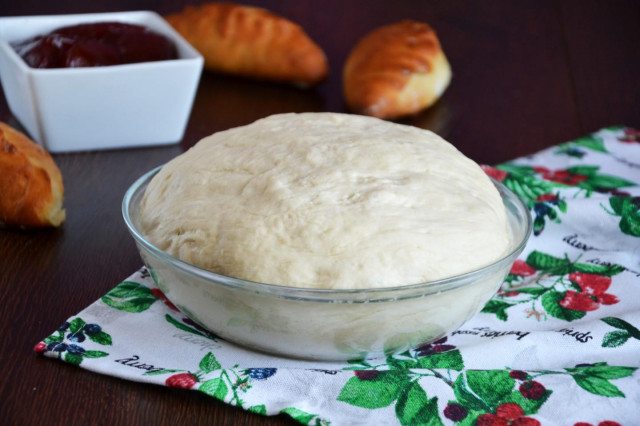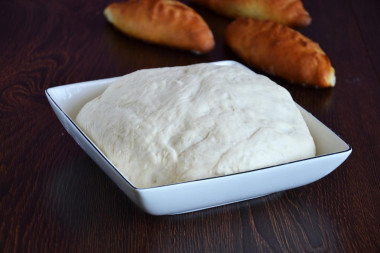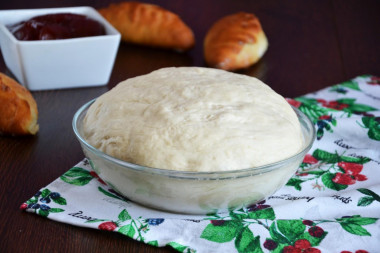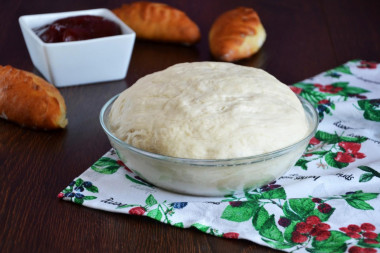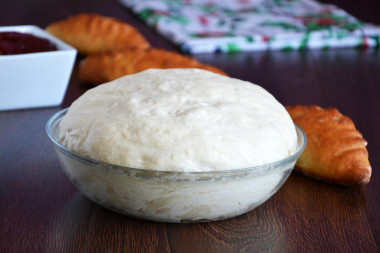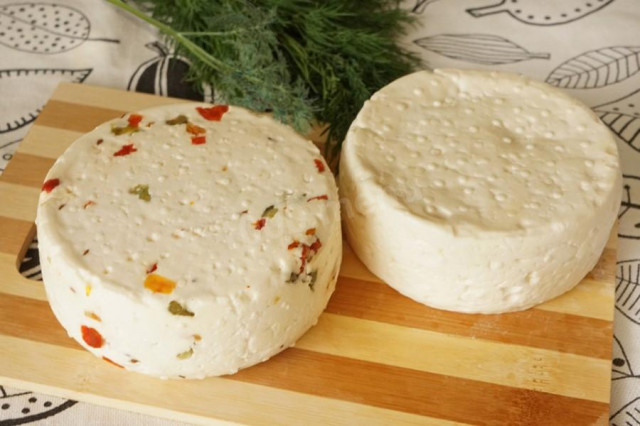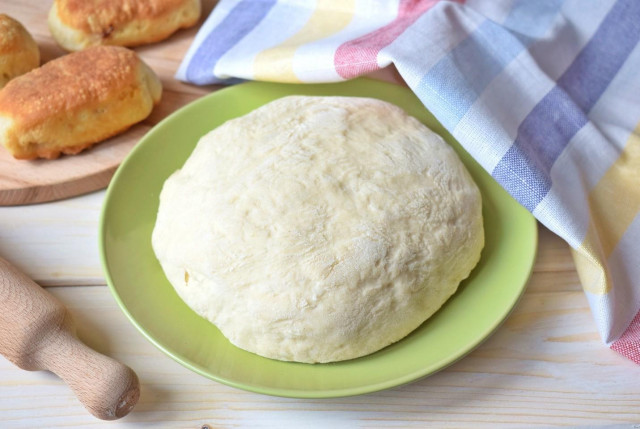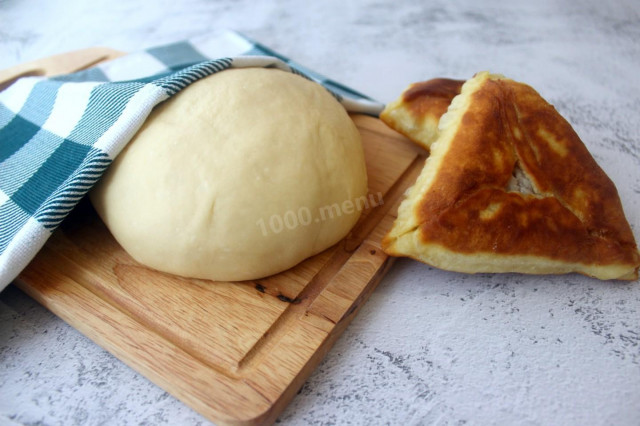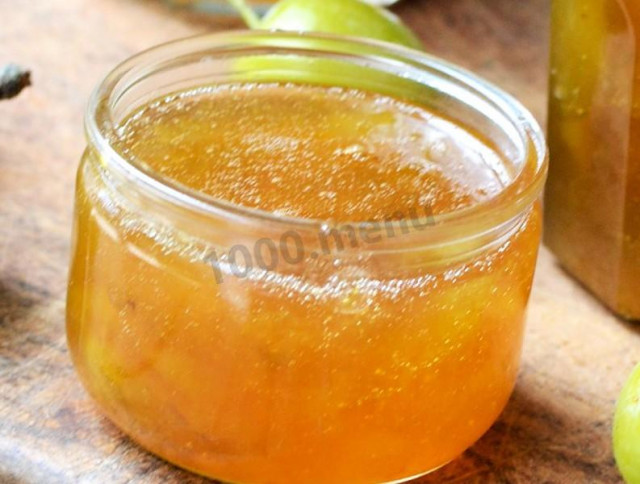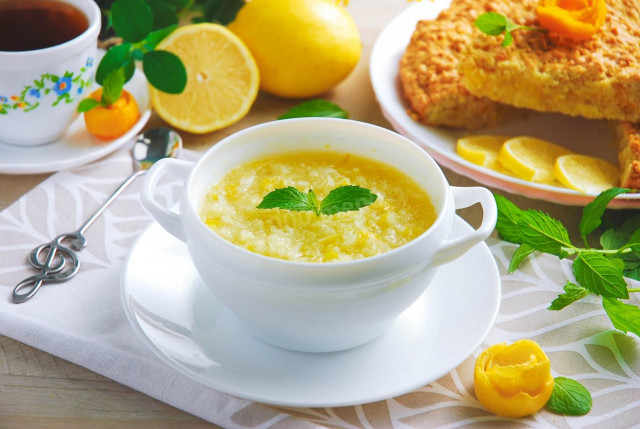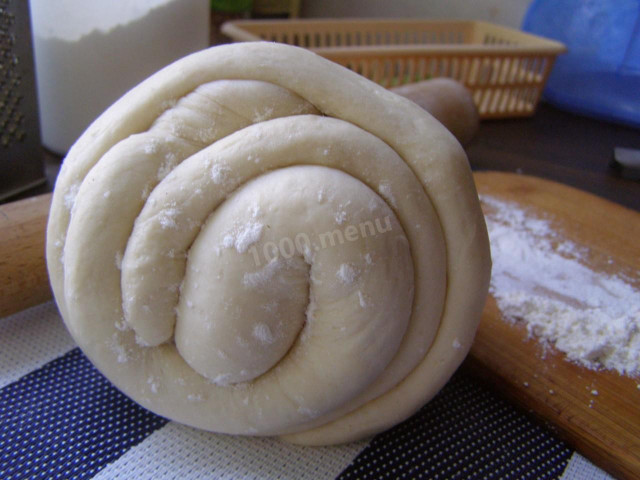Composition / ingredients
Step-by-step cooking
Step 1:
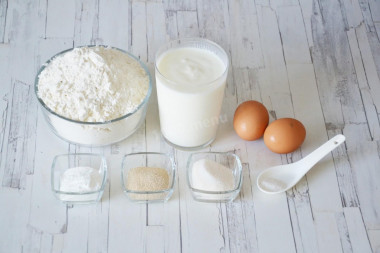
Prepare all the necessary ingredients for making the dough on yogurt. Yogurt can be both fresh and sour. Take the yogurt fatter. Use flour of the highest grade.
Step 2:
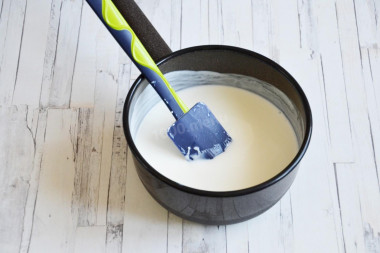
Pour the yogurt into a saucepan and warm it up. Curdled milk, like other fermented milk, must be heated correctly so that the serum does not separate: 1. Heat only on the slowest heat on the stove. No microwaves! 2. Constantly stir the yogurt with a spatula or spoon. 3. Check every minute how hot it is. Yogurt should be warm, not hot. If flakes appeared and the whey separated, the yogurt was overheated.
Step 3:
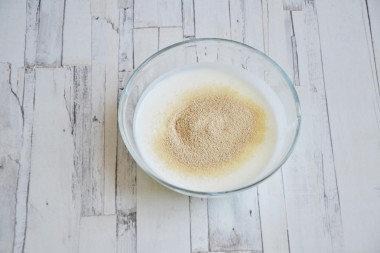
Pour a little yogurt into a bowl, add sugar, salt and dry yeast.
Step 4:
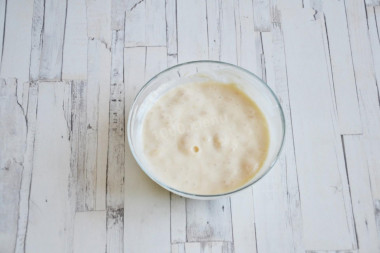
Stir the mixture and leave for 15 minutes. During this time, the yeast should be activated and a foam cap will appear on the surface. If this did not happen, then the yeast is overdue and it is not worth working with them further. The dough will not rise.
Step 5:
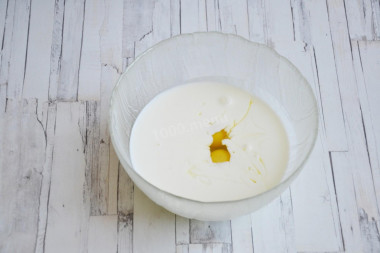
While the yeast mixture is being infused, combine the remaining warm yogurt and eggs in another bowl. Stir the mixture with a whisk.
Step 6:
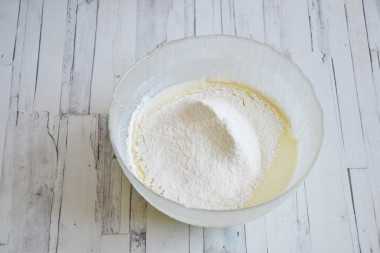
Pour in some of the sifted flour (about 2/3) and mix the mixture until smooth. The dough will turn out viscous, but fluid.
Step 7:
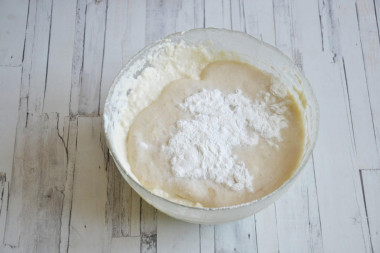
Pour in the yeast mixture, pour in the baking powder. Mix the mixture thoroughly.
Step 8:
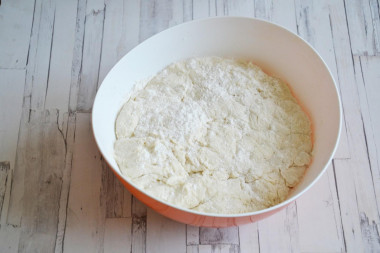
Pour the remaining flour into the dough and mix everything again with a spatula. Knead a soft, pliable dough, adding a little more flour if necessary. The dough will first stick to your hands, then as you knead and add flour, the stickiness will become less. But it is also not necessary to completely hammer the dough with flour. It is better to add it after, when you roll out the dough pieces on a floured surface. It took me an additional 50 g of flour.
Step 9:
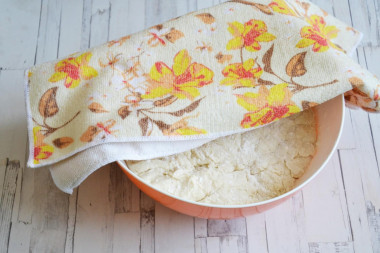
If you kneaded the dough in a small bowl, then transfer it to a larger container so that the dough has room to grow. I sprinkled the surface with flour so that the surface of the dough would not get wet. Cover the dough with a towel and leave it warm for 30-40 minutes. During this time, it will increase in volume by about 2 times.
Step 10:
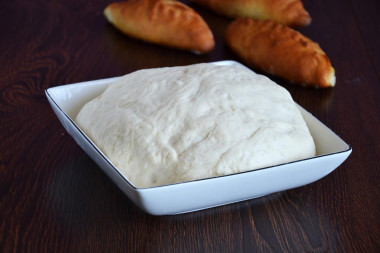
The dough is ready. You can bake pies from it. From this amount of dough, about 20 medium pies are obtained. Enjoy your meal!
Be prepared for the fact that flour may need more or less than indicated in the recipe. Focus not on the amount of flour, but on the desired consistency of the dough. To avoid mistakes, read about flour and its properties!
Important! Using dry yeast, it should be borne in mind that they occur in two forms: active and instant (read the instructions carefully before use!).
Active dry yeast looks like beads or small balls. Before applying them, they must be brought out of the "sleep mode". To do this, the active yeast is diluted in warm sweet water, milk or whey. The resulting bubbles, foam or "cap" indicate that the yeast is ready for further use. Active dry yeast must be brought to complete dissolution in the liquid, otherwise, due to the remaining grains, the dough may not rise and the baking will be spoiled (yeast grains that have not dissolved in the liquid and got into the dough will not disperse on their own, which means they will not work).
Instant dry yeast is easier to use. They do not need to be activated before use. Such yeast, along with other ingredients, is simply added to the dough. As a result, the baking time is reduced.
It should also be remembered that both types of dry yeast may differ in their activity from different manufacturers.
Caloric content of the products possible in the composition of the dish
- Chicken egg - 157 kcal/100g
- Egg white - 45 kcal/100g
- Egg powder - 542 kcal/100g
- Egg yolk - 352 kcal/100g
- Ostrich egg - 118 kcal/100g
- Whole durum wheat flour fortified - 333 kcal/100g
- Whole durum wheat flour universal - 364 kcal/100g
- Flour krupchatka - 348 kcal/100g
- Flour - 325 kcal/100g
- Granulated sugar - 398 kcal/100g
- Sugar - 398 kcal/100g
- Skimmed yogurt - 38 kcal/100g
- Yogurt - 38 kcal/100g
- Salt - 0 kcal/100g
- Baking powder - 79 kcal/100g
- Dry yeast - 410 kcal/100g

